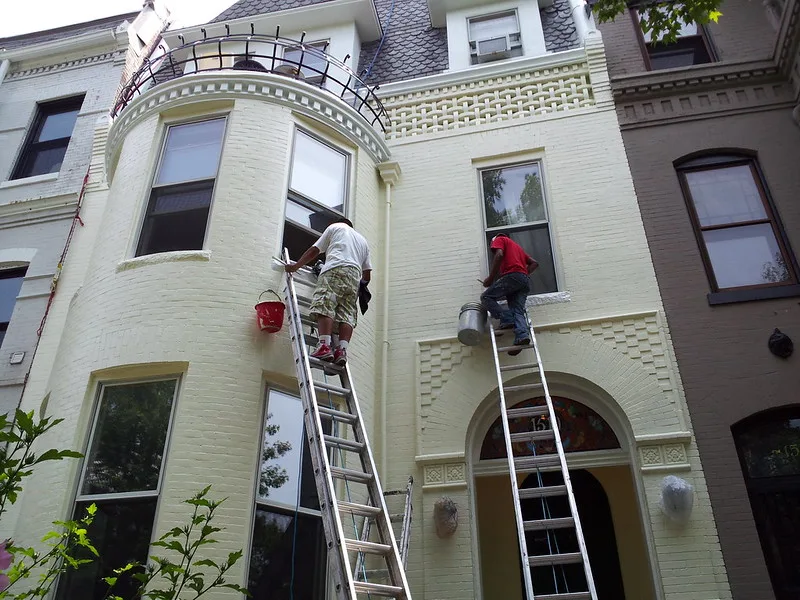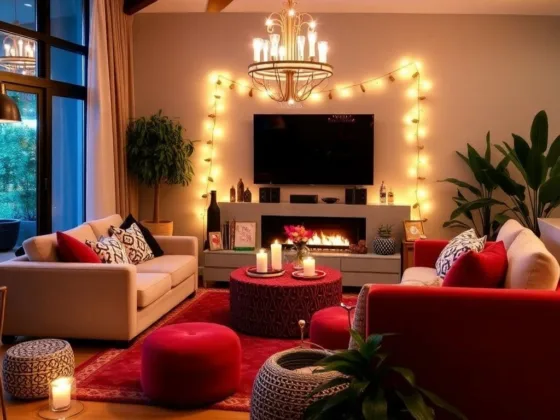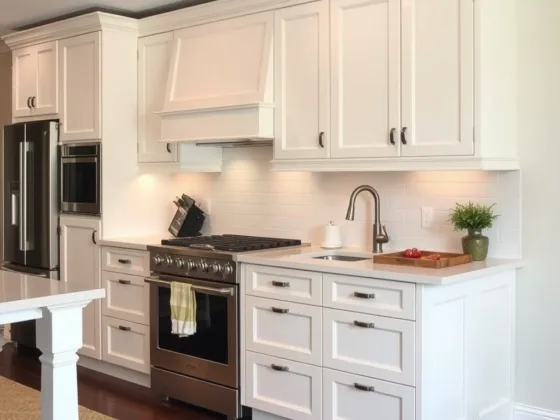Table of Contents Show
House painting and home remodelling are two ordinary home refinement projects that homeowners embark on.
While both matter making aesthetic changes and modifications to a home’s interior or exterior, they vary enormously in their scope and impact.
House painting is typically a smaller, less involved project concentrated on freshening up the look of a home’s walls, trim, doors or other surfaces through the application of a new coating of paint. Homeowners assuming these types of projects need to understand the key differences between simple house painting and more complex home remodelling work.
In contrast, home remodeling implicates more substantial construction work such as updating a kitchen or bathroom with new cabinets, countertops, fixtures and appliances, finishing a basement to assemble additional living space, counting a deck, porch or patio, or launching larger structural changes like modifying floor plans or growing the home’s footprint.
Understanding Remodeling
Remodeling involves changing a property’s layout, fixtures and structure to create a new functional design. It differs from renovating by requiring demolition and reconstruction to alter a space. Remodeling projects like kitchen overhauls may rearrange appliances, modify cabinets and change the overall layout.
Remodeling projects are often more complex as they may involve professional construction work like removing walls, moving to plumb and rewiring electrical systems.
Proper planning is key when remodelling to achieve goals. Hiring experienced remodelling firms can help ensure projects stay on schedule and budget. Remodeling projects vary in scale but typically demand more construction work than renovating. Understanding this ensures homeowners can transform living spaces successfully.
Basics of Renovating a House
Renovating a house involves updating features to improve functionality, aesthetics and value. Common tasks include painting, and refreshing kitchens and bathrooms. Renovating a kitchen may include cabinetry, countertops or appliances. For galley designs, maximizing space enhances functionality. Replacing outdated fixtures and tiles can modernize bathrooms.
Painting interior and exterior refreshes appearance and significantly impacts value. Simple fixtures, tile choices or layout changes instil a luxurious feel. Ensuring universal design ensures accessibility. Throughout renovations, considering structure and layout maintains coherence and practicality.
Costs and Budgeting
Proper budgeting is essential for any home renovation project. Saving ahead of time and knowing your budget will help the process go smoothly. Renovations often face cost overruns if not carefully planned.
Cost factors in Renovation
Material costs depend on quality and type, as high-end finishes increase expenditures. Labour fees rely on the complexity of tasks like painting, electrical work, and carpentry. Extended projects may incur further labour charges, equipment rental fees, and fluctuating material prices, increasing costs over time.
Cost Factors in Remodeling Your Home
Structural changes significantly impact costs, with modifying load walls, extensions and foundations requiring specialized labour and materials. Permits and code compliance vary locally and by scope, adding expense.
Time Considerations
- Renovation budgets tend to be lower since projects only involve cosmetic/aesthetic changes.
- Remodelling budgets are higher due to structural modifications requiring additional labour and materials.
- Material quality/style impacts costs – higher-end finishes cost more.
- Labour costs vary by trade and complexity – electrical work is pricier than paint.
- Project duration affects budget – longer timelines add potential labour/material inflation.
- Location impacts pricing – costs vary in different regions and compliance areas.
Choosing Between Renovation and Remodeling
Deciding whether to renovate or remodel starts with determining if the primary goal is improving functionality or aesthetics. Renovations focus on cosmetic upgrades while remodeling can alter how spaces are used. Assess space requirements – renovations may suffice if areas just need refreshing, but remodelling could create more or better-organized space.
Planning and Execution
Successful renovation planning determines updates/repairs needed and then creates detailed designs, material choices, budgets, and timelines. Hiring professionals for specialized tasks like electrical ensures safety and quality, while the DIY approach can be cost-effective for simpler jobs.
Remodelling requires envisioning how structural and aesthetic changes improve space utilization, flow, and compliance with codes. Factors impacting the remodel must be incorporated into designs.
FAQ’s
What is the primary focus of house painting?
Improving the aesthetic appearance of a home’s exterior or interior surfaces.
What additional structural changes are involved in home remodelling?
Remodeling may require updates to electrical, plumbing, structural elements or floor plans.
Conclusion
While house painting and home remodelling both update a home’s look, they differ significantly in scope, complexity, cost and timeline. Painting primarily focuses on revitalizing surfaces through cosmetic changes.
It provides a quick and affordable way to refresh interior and exterior aesthetics. Remodeling encompasses deeper structural or functional alterations beyond just painting.
From electrical and plumbing work to floor plan redesigns, remodelling incorporates various construction elements. Thus projects require specialized labor, cost substantially more, and take longer to complete than basic painting.
Proper planning is vital to understand if a project warrants simple painting or a more extensive remodelling to suit homeowners’ long-term needs and visions for their living space.










